Introduction
Fashion is a constantly evolving industry, reflecting societal changes, technological advancements, and cultural shifts. What was trendy a decade ago may seem outdated today, and what is considered cutting-edge now may soon be replaced by newer innovations. The fashion industry is undergoing a transformation driven by sustainability, digitalization, and inclusivity. Emerging trends are not only reshaping how people dress but also how fashion is produced, marketed, and consumed.
In this article, we will explore the latest trends revolutionizing the fashion landscape, from sustainable practices to digital fashion and the impact of artificial intelligence (AI) in design.
1. Sustainable and Ethical Fashion
One of the most significant trends shaping the future of fashion is sustainability. Consumers today are more conscious about the environmental impact of their purchases, leading brands to adopt eco-friendly practices.
Key Aspects of Sustainable Fashion:
- Eco-friendly materials: The use of organic cotton, bamboo fabric, and recycled textiles is increasing.
- Slow fashion movement: Consumers are shifting from fast fashion to durable, high-quality clothing.
- Zero-waste production: Brands are minimizing waste by using innovative recycling methods.
- Ethical sourcing: More companies are ensuring fair wages and safe working conditions for laborers.
Brands like Patagonia, Stella McCartney, and Reformation are leading the charge in sustainable fashion by promoting ethical production and environmentally friendly materials.
2. Digital and Virtual Fashion
Technology is playing a massive role in transforming the fashion industry. With the rise of digital fashion and virtual clothing, consumers now have the option to try out outfits in a digital space before making purchases.
Key Digital Fashion Trends:
- Augmented Reality (AR) & Virtual Try-Ons: Brands like Gucci and Nike offer AR-based try-ons through mobile apps.
- NFT Fashion & Digital Clothing: Companies like The Fabricant create digital clothing pieces that exist only in the virtual world.
- 3D Printing in Fashion: Designers use 3D printing to create customized, unique garments without textile waste.
These innovations allow fashion enthusiasts to experiment with new styles without physical waste, making fashion more accessible and interactive.
3. The Rise of Gender-Neutral Fashion
Traditional gender norms in fashion are fading, with many brands embracing inclusivity and diversity. Unisex clothing lines and gender-neutral styles are gaining popularity as consumers seek fashion that reflects their personal identity rather than societal expectations.
Notable Developments in Gender-Neutral Fashion:
- Androgynous Designs: Loose silhouettes and neutral colors cater to all gender identities.
- Inclusive Sizing: Brands like ASOS and H&M are expanding their size range to cater to diverse body types.
- Celebrity Influence: Stars like Harry Styles and Billie Eilish are challenging conventional fashion norms.
This trend promotes self-expression, allowing individuals to wear what makes them feel comfortable and confident, regardless of gender labels.
4. AI and Smart Fashion
Artificial intelligence (AI) is revolutionizing the fashion industry by enhancing design processes, improving customer experience, and personalizing shopping recommendations.
AI Innovations in Fashion:
- AI-Powered Styling: Apps like Stitch Fix use AI to recommend personalized outfits based on user preferences.
- Automated Design Creation: AI tools assist designers in predicting future fashion trends and generating new designs.
- Smart Fabrics: Clothing embedded with smart technology, like temperature-regulating fabrics and fitness-tracking apparel.
These advancements streamline fashion production, making it more efficient and customer-focused.
5. Streetwear and Athleisure Domination
Casual, comfortable, and stylish—streetwear and athleisure are more popular than ever. Blending sportswear with everyday fashion, this trend caters to a generation that values functionality and style.
Streetwear & Athleisure Trends:
- Oversized Clothing: Hoodies, baggy jeans, and sneakers remain wardrobe staples.
- Luxury Streetwear: Brands like Off-White and Balenciaga have merged street fashion with high-end couture.
- Eco-Friendly Activewear: Sustainable sportswear brands like Adidas and Patagonia are leading the charge.
This trend reflects the shift towards practical yet fashionable attire, making it a staple for modern consumers.
6. Personalization and Customization
In an era of individuality, people seek clothing that reflects their unique personalities. Fashion brands are offering more customization options, from tailored fits to personalized designs.
How Customization is Changing Fashion:
- Made-to-Order Apparel: Custom-made clothing reduces waste and ensures a perfect fit.
- DIY Fashion: Consumers are personalizing clothing through embroidery, patches, and accessories.
- AI-Driven Personalization: Online stores use AI to recommend products based on browsing history and style preferences.
Customization ensures that fashion is not just about trends but also about personal expression.
7. Sustainable Luxury Fashion
Luxury fashion brands are also embracing sustainability by incorporating ethical practices into their designs.
How Luxury Brands are Becoming Sustainable:
- Eco-Friendly Fabrics: High-end brands are replacing leather with plant-based alternatives.
- Circular Fashion: Brands encourage recycling and resale of luxury items.
- Transparency in Production: Consumers are demanding ethical transparency in supply chains.
Luxury is no longer just about exclusivity but also about responsibility and environmental consciousness.
Conclusion
Fashion is constantly evolving, and emerging trends show a clear shift towards sustainability, inclusivity, and technology-driven innovation. Whether it’s digital fashion, AI-powered styling, or gender-neutral designs, the future of fashion is all about personal expression and social responsibility.
As consumers continue to demand ethical practices and personalized experiences, fashion brands must adapt to these changing dynamics. The industry’s future is exciting, filled with creativity and innovation that will redefine how we dress and express ourselves in the coming years.
Staying informed about these trends ensures that we embrace fashion in a way that aligns with our values and lifestyles. What trends are you most excited about? Let us know in the comments!
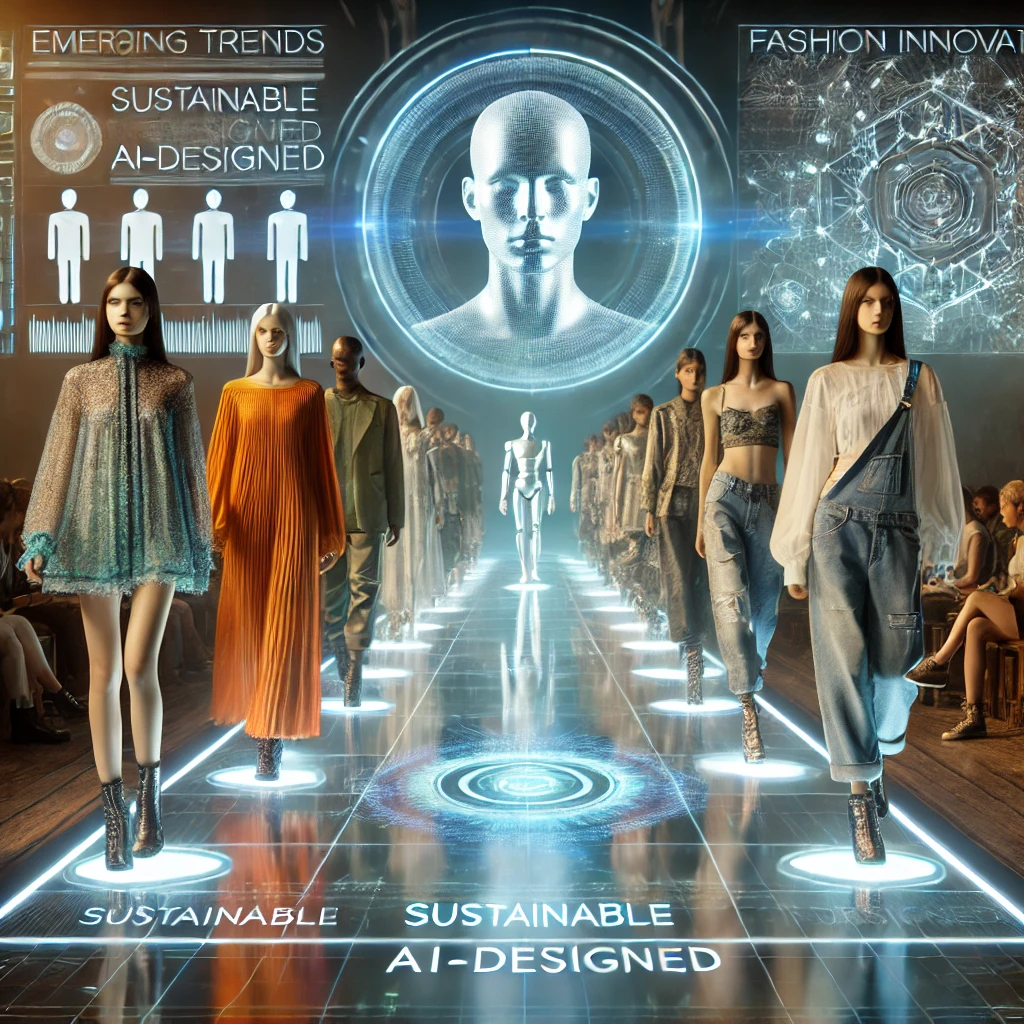


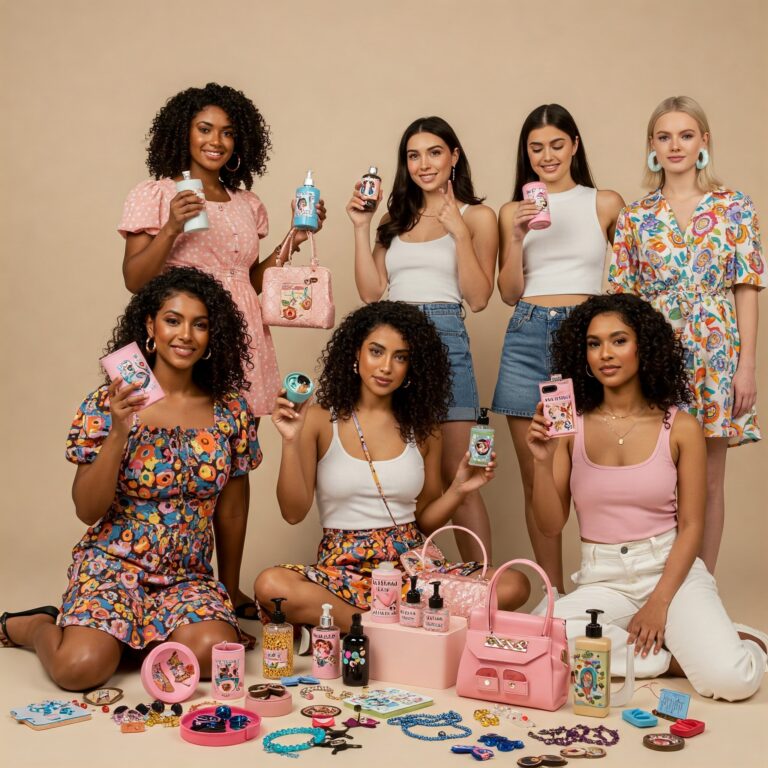

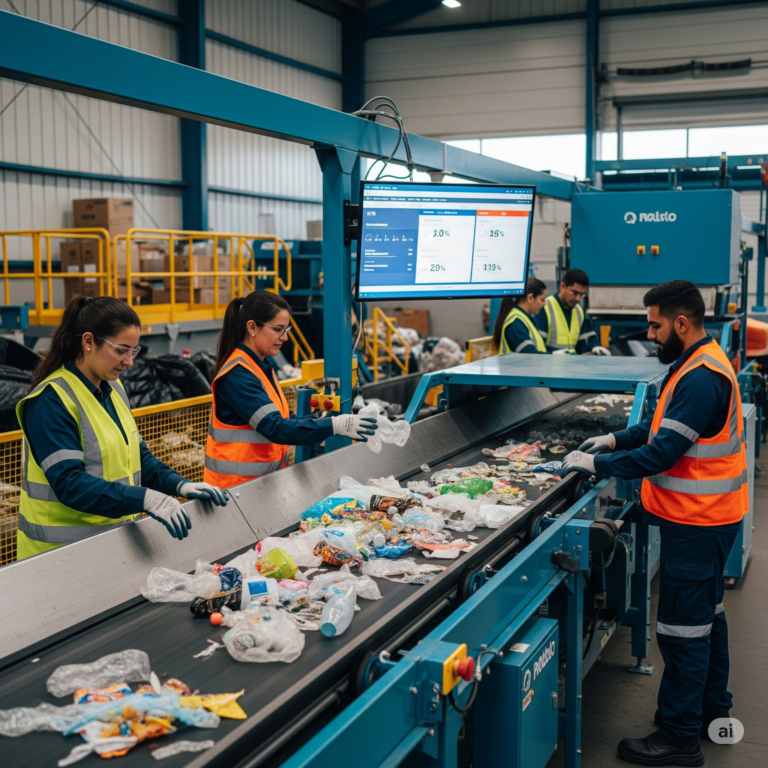





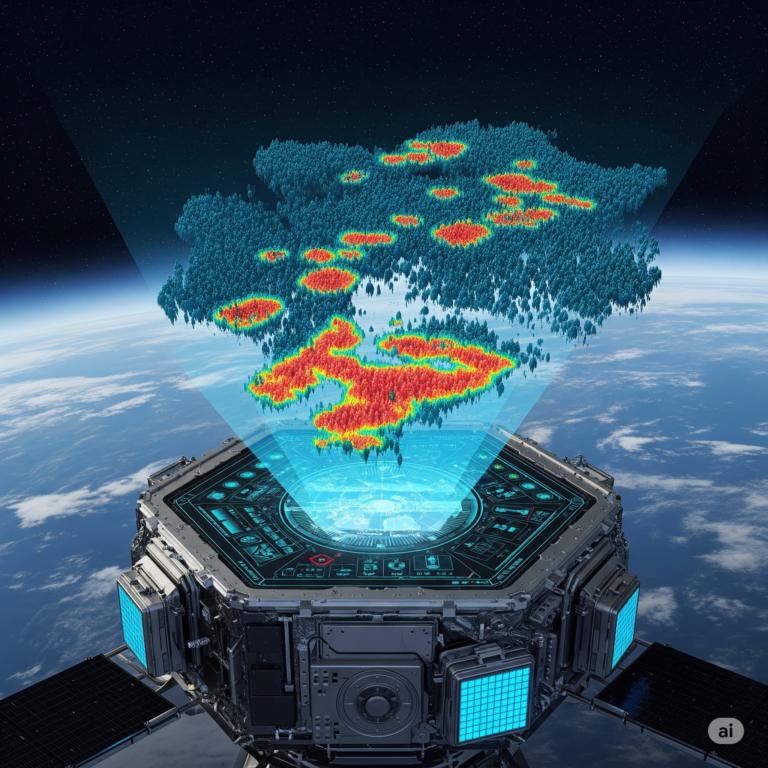
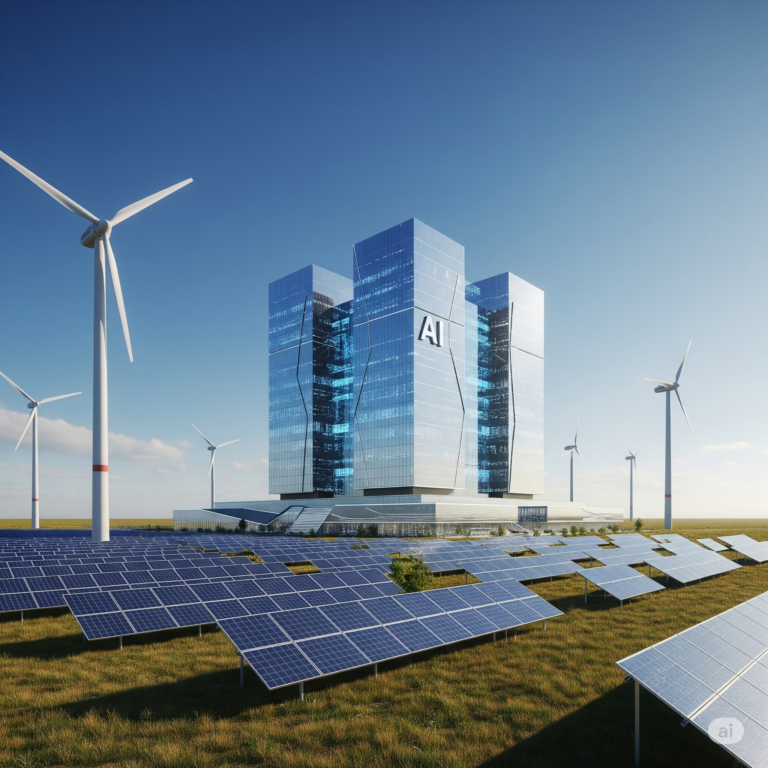
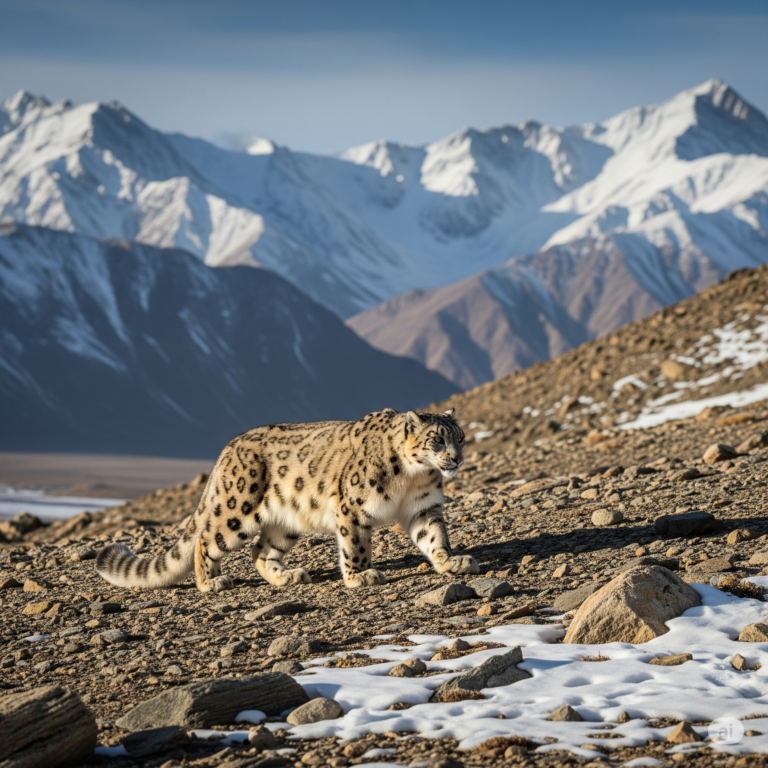

+ There are no comments
Add yours